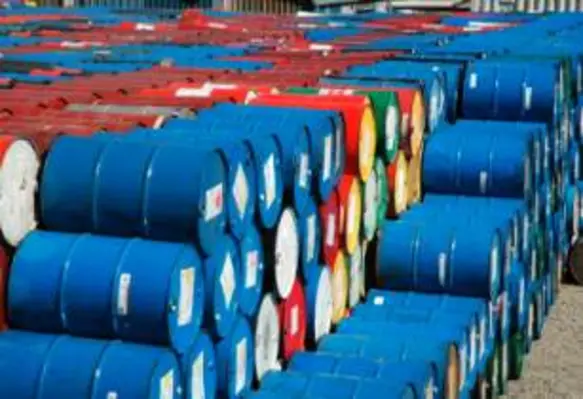Oil production from Organization of the Petroleum Exporting Countries (OPEC) totalled 31.08mn bpd in October, down 120,000 bpd from September this year, and the lowest level since May, Platts survey revealed
The decline was led by production drops in Saudi Arabia and Iraq, OPEC and oil industry officials and analysts have noted.
Margaret McQuaile, senior correspondent for Platts, said, “OPEC output has now dropped over three consecutive months, but it would be a mistake to think that this might signal a move away from the group’s market share strategy when ministers meet next month in Vienna. In fact, all the signs, including an expected contraction in non-OPEC supply next year, suggest that the likelihood of a policy change is pretty small.”
The survey estimated Saudi Arabian output at 10.1mn bpd in last month, the third consecutive month in which volumes have dropped. But despite a fall of 350,000 bpd since July, the kingdom’s output has remained consistently above 10mn bpd since March this year.
Participants in the survey said that while Saudi Arabia’s crude exports had increased, domestic use had declined because of refinery maintenance and lower crude burn in power plants. The volume of crude used in power generation peaks in the summer months, when air-conditioning demand is at its highest and as much as 900,000 bpd can be fed to power plants.
Meanwhile, Iraq’s output fell to 3.65mn bpd as several days of poor weather conditions in the northern Gulf resulted in lower volumes being exported from the southern terminals and a build-up in stocks. There were no exports from Ceyhan in October.
Nigeria, on the other hand, is estimated to have boosted output by 80,000 bpd to 1.95mn bpd, saw one of its biggest export programs since January. The country’s four refineries, with a combined capacity of 450,000 bpd, have been operating at very low capacity, with only the two Port Harcourt refineries working. However, technical problems shut down these two plants recently.
Reports added that Libya, with a 50,000 bpd increase, pushed production above 400,000 bpd for the first time since June 2015. But the country’s output continued to fluctuate at a fraction of pre-2011 uprising levels close to 1.6mn bpd amid continuing political instability and technical problems at fields in the eastern part of the country.









